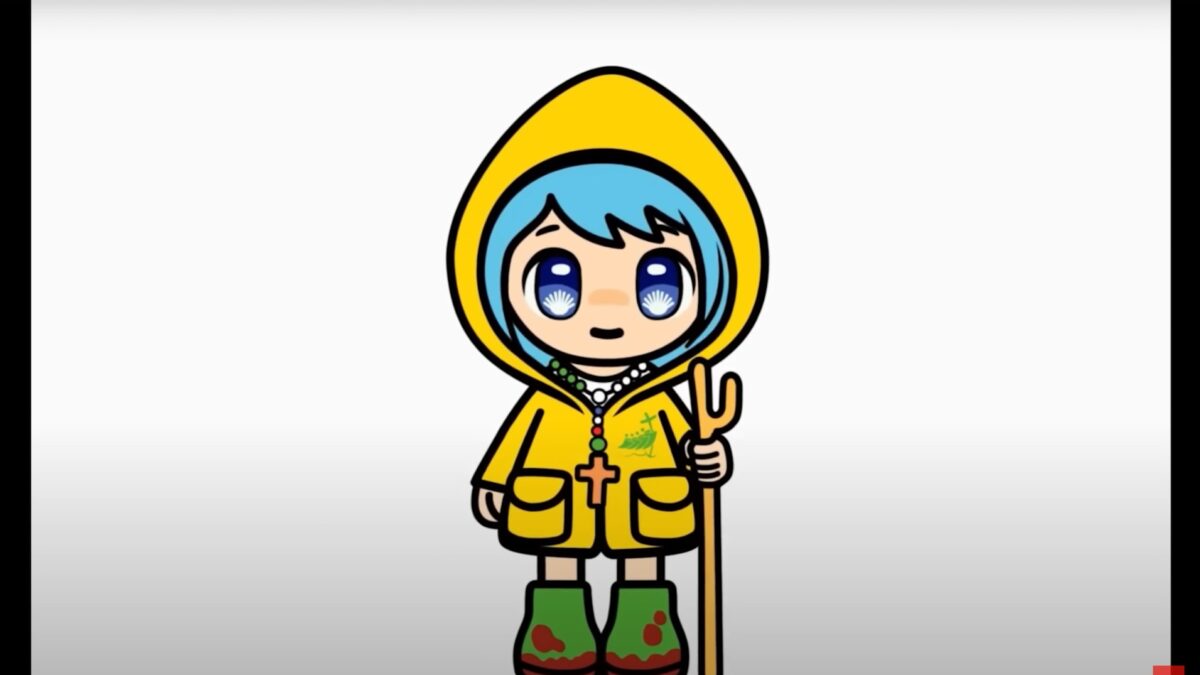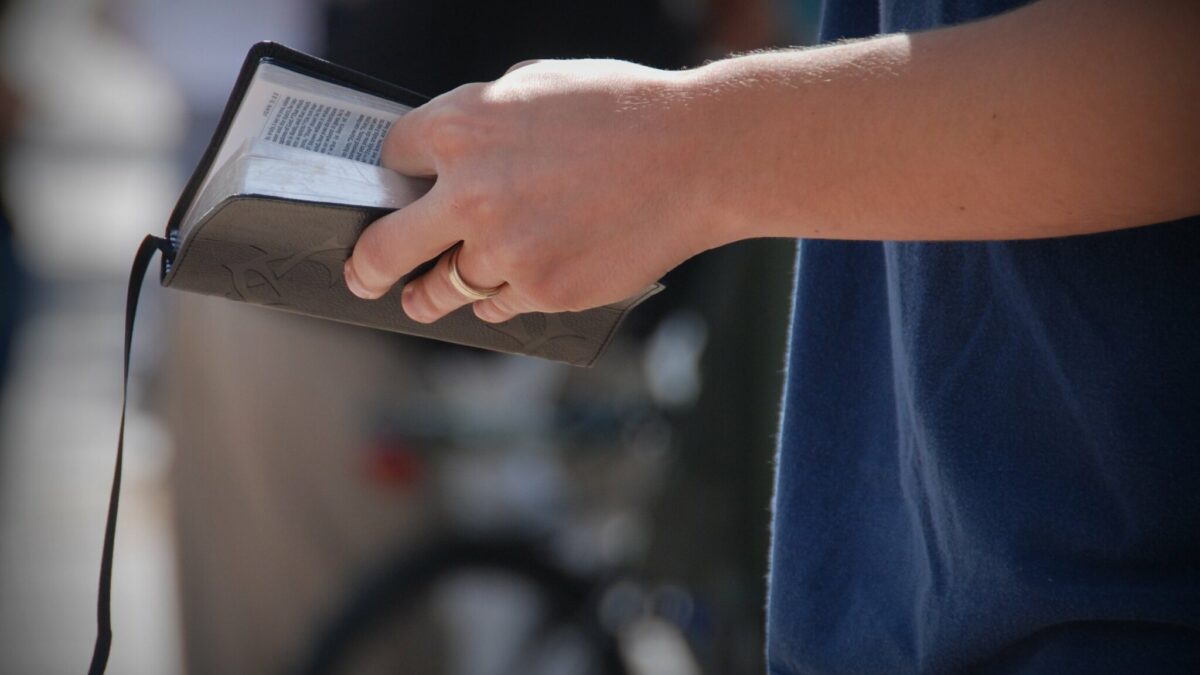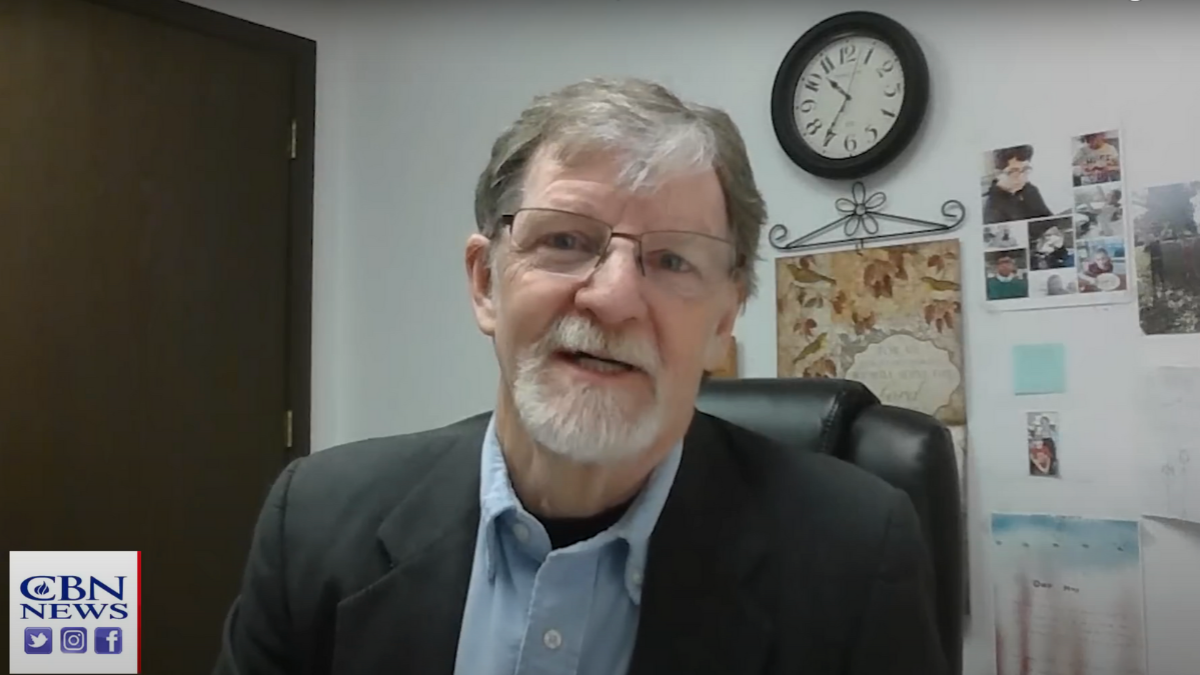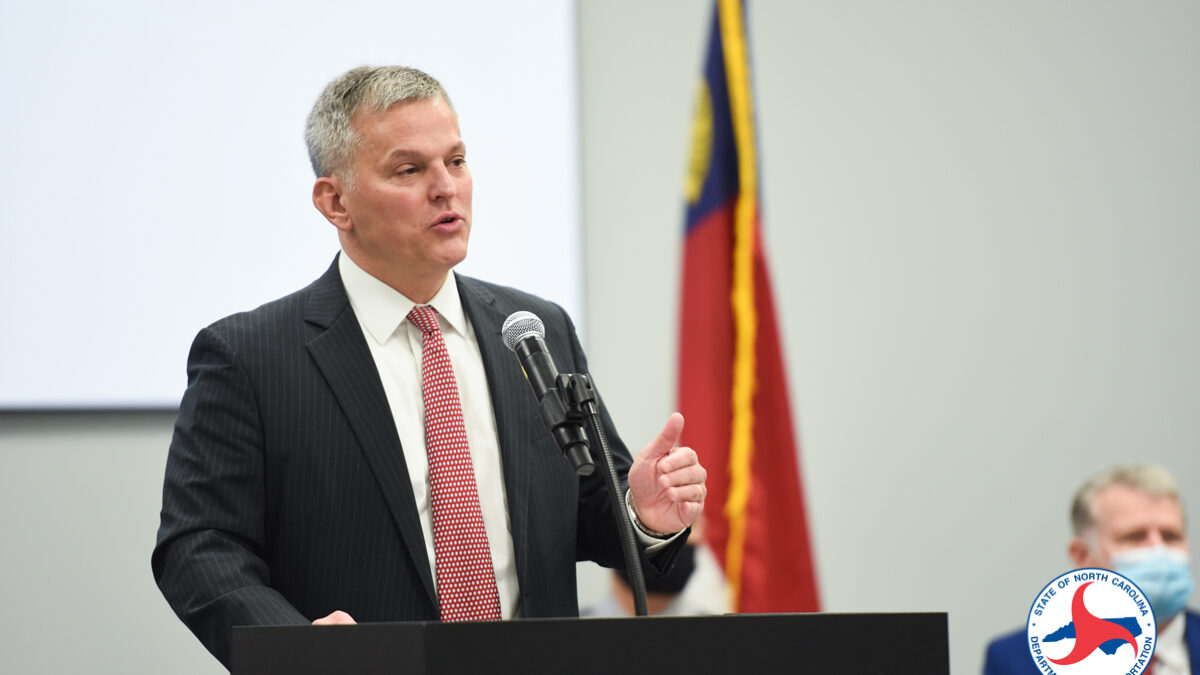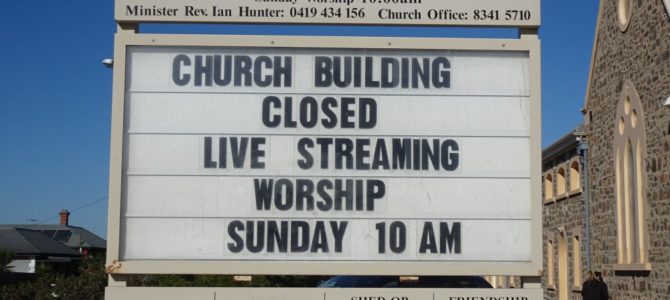
Good Friday marked my first unmasked Catholic Mass in well more than a year. The experience was both invigorating and surreal.
For one thing, I’m not Catholic. For another, the sense of organic community in that small wooden church felt like something from a forgotten era. Other than a tiny microphone and a few small speakers, the only advanced tech in the sanctuary were the finely carved Via Crucis and a smartphone chiming in somebody’s pocket.
These religious rituals didn’t cease last spring, but many underwent rapid evolution. During the past year of restrictions and lockdowns, various entertainment technologies invaded traditional sacred spaces—cameras, televisions, livestreams, webchats, even virtual reality. This is a decades-long process that only accelerated “due to COVID.”
It’s an open question whether electronic devices will remain part of communal worship, and if so, in which institutions. More importantly, if these innovations do maintain their hold, to what extent will the medium shape the message?
Television Certainly Changed American Religion
A good test case is televangelism. It’s hard to overstate how much Billy Graham set the stage for this “faith tech” revolution. The charismatic preacher became a media sensation in 1949, when his first “crusade” in Los Angeles was covered by a local radio station.
In his second TV appearance on NBC’s “Meet the Press” in 1957, the reverend waxed enthusiastic about electronic media: “We have used television, radio and the press [in] every way we possibly can to communicate the fact that Christ can transform human lives.”
Despite good intentions, Graham also became a prototype for evangelical cyborgs—a.k.a. “televangelists.” While Graham always struck me as a thoroughly decent man, the predatory behavior of his hi-tech imitators is another story.
In subsequent decades, observers have watched in horror as charlatans instructed their unsuspecting followers to lay hands on TV screens and sign away their life savings. If this brood of vipers can wield that much power using dinosaur tech—feeding on a million vulnerable souls in one sitting—imagine what the next generation will do with big data analysis and virtual reality.
What Does a Virtual Church Look Like?
The first time I watched a fully virtual church service, it reminded me of the weirdest scene in “The Matrix.” In the movie, we see rows of helpless humans suspended in pink capsules, their minds lost in a virtual world as their bio-energy is harvested.
The official VR Church website is littered with quotes from that film’s neo-gnostic guide, Morpheus: “How do you define real? If you’re talking about what you can feel, what you can smell, what you can taste and see, then real is simply electrical signals interpreted by your brain.”
Pastor D.J. Soto, founder of VR Church, says he created his digital sanctuary for those who can’t attend services in person. When asked about his target demographic, he generally cites people who are homebound by illness or those ashamed to meet others face-to-face, such as drug addicts.
Putting aside the traditional practice of home visits and street ministry, Soto invites these lost souls to slip on a pair of $300 VR goggles, embody a cartoon avatar, and gather in sacralized cyberspace. To ensure a truly immersive experience, the pastor shamelessly plugs Facebook’s Oculus 2 headset as the optimal path to digital salvation.
If nothing else, he chose a popular trend. By 2020, more than 57 million Americans had used VR systems. That number is expected to double in the next year or so.
After years of refinement, virtual reality has come into its own. The first VR goggles tended to induce vertigo, but the new models are phenomenal. High-quality simulations make you feel like you’re entering another world. Psychologically, that’s exactly what’s happening.
As I read one glowing review of VR Church after another—from Wired and USA Today to the BBC and various local news affiliates—my alarm bells started ringing. If the secular media are hyping a religious institution, it’s probably sacrilegious.
As if to confirm those suspicions, in early 2019 the attention-starved Soto conducted a gender-bending transracial baptism for public consumption. The gaming site Polygon led with the headline “Watch in awe as a real pastor baptizes an anime girl in a video game.” The buxom “anime girl” is a male YouTuber known as Drumsy. For whatever reason, Soto’s avatar is a buff black man.
Throughout the ridiculous publicity stunt, Drumsy made a mockery of the sacrament, cracking homoerotic jokes for his 2.5 million subscribers. Hungry for a slice of those subs, Soto shrugged it off and conducted the baptism. It turns out the joke was on him.
After five years of cyborg evangelism, VR Church can barely fill a virtual pew. Much like the new Them/They/Theirs Potato Head toys—or the pugnacious Greta Thunberg—corporate media can shove fad after fad in our faces, but they can’t force anyone to like them. That doesn’t mean they won’t keep trying, however, even if it means long-term re-education.
Traditional Religion Thrives In The Real World
The abrupt closure of holy sites was the most shocking element of the global lockdown. With a few heroic exceptions, their perpetual rites—unbroken for centuries—were severed all at once. What better way to signal a new age?
In late 2019, as the virus incubated in Wuhan, I was working on an electronic music tour that took me to New Zealand, Thailand, and Indonesia. My abundant down time was spent in Buddhist shrines, Hindu temples, a couple of mosques, and a lone Catholic community nestled among the pagans. For weeks I immersed myself in the physical elements of these spiritual traditions: crowded sanctuaries, stone icons, shared meals, and intimate contact.
A few months later, all of those temples were shut down “due to COVID.” American pundits gloated each time a defiant preacher succumbed to illness, prompting Twitter mobs to spit on their graves. The faithful were coldly instructed to move their practices online. Talking heads and tech boosters pretended like this was some kind of improvement. Big data analysts salivated like Pavlovian dogs as a surveillance smorgasbord was spread before them.
The grouchy Neil Postman had already identified this fetish in his 1992 book “Technopoly.” “[We] are currently surrounded by throngs of zealous…one-eyed prophets who see only what new technologies can do and are incapable of imagining what they will undo.”
The global lockdown made way for further undoing. It was stunning to see bureaucratic indifference toward religion’s essential role in society. More disturbing was the technocratic urge to capture its spirit. As the public was ordered to mask up, our elites were suddenly unmasked. For the first time in my life, it seemed possible that huge swaths of the culture were destined to be digitized.
This year’s Good Friday mass was somewhat reassuring. With this ascendant technocracy in mind, one section of the homily really struck me. The young priest quoted Richard Neuhaus riffing on Alfred North Whitehead: “[T]he only simplicity to be trusted is the simplicity to be found on the far side of complexity. The only joy to be trusted is the joy on the far side of a broken heart; the only life to be trusted is the life on the far side of death.”
This year’s enthusiasm for Easter and Passover suggests the old ways are reviving, even if we’re nowhere near the far side of this crisis. Statistics seem to support that trajectory. According to a recent Pew poll, most respondents plan to shut off their devices and return to the fold in-person. It’s a paradox of sorts—the faithful seek a transcendent realm, but their deep communities are knitted together in physical space.
On the other hand, we’re still seeing governments send in goons to break up unsanctioned ceremonies. Now that the state has a taste for mass compliance, it’s unlikely to lose it any time soon. If religious communities value their right to true communion, they better get prepared to fight for their liberty. Otherwise, Big Tech has plenty of space in its digital temple.



